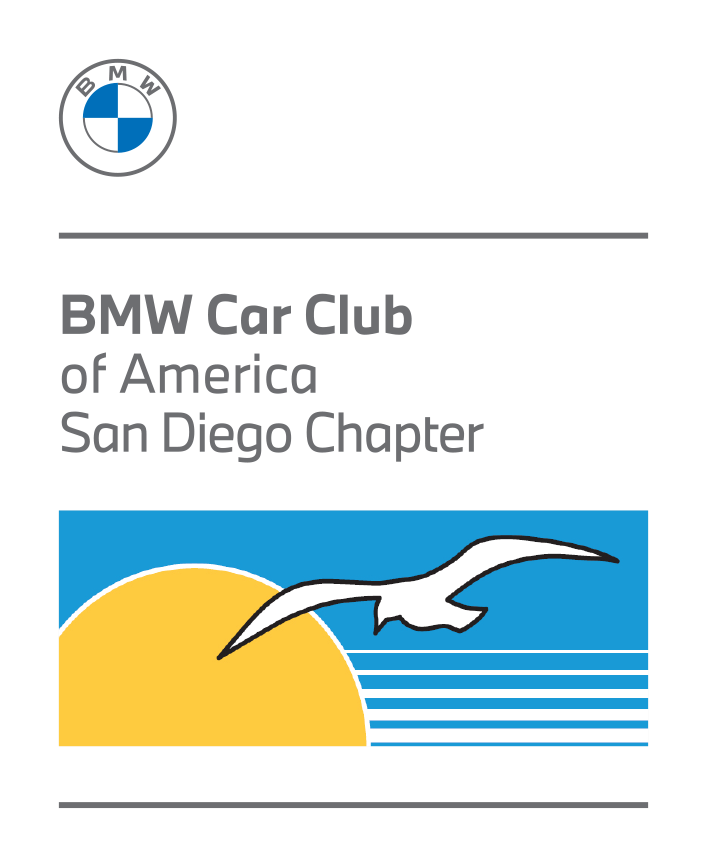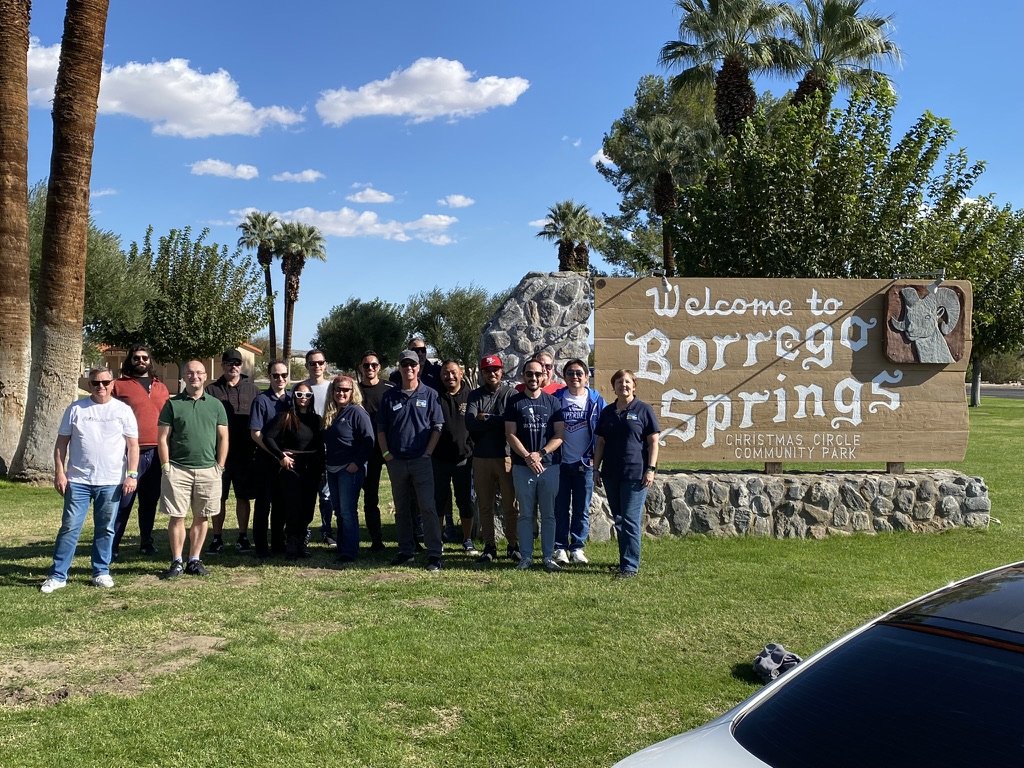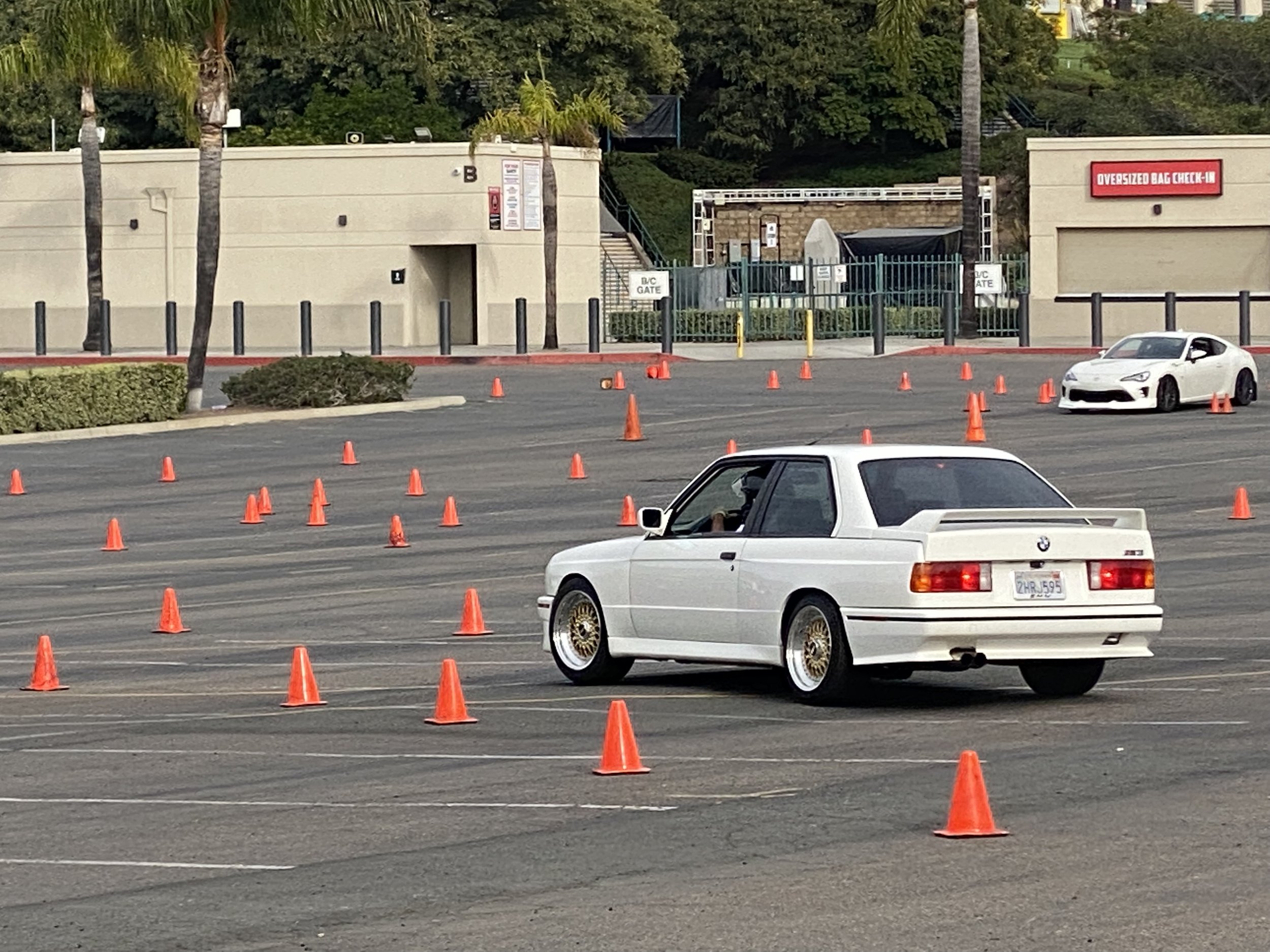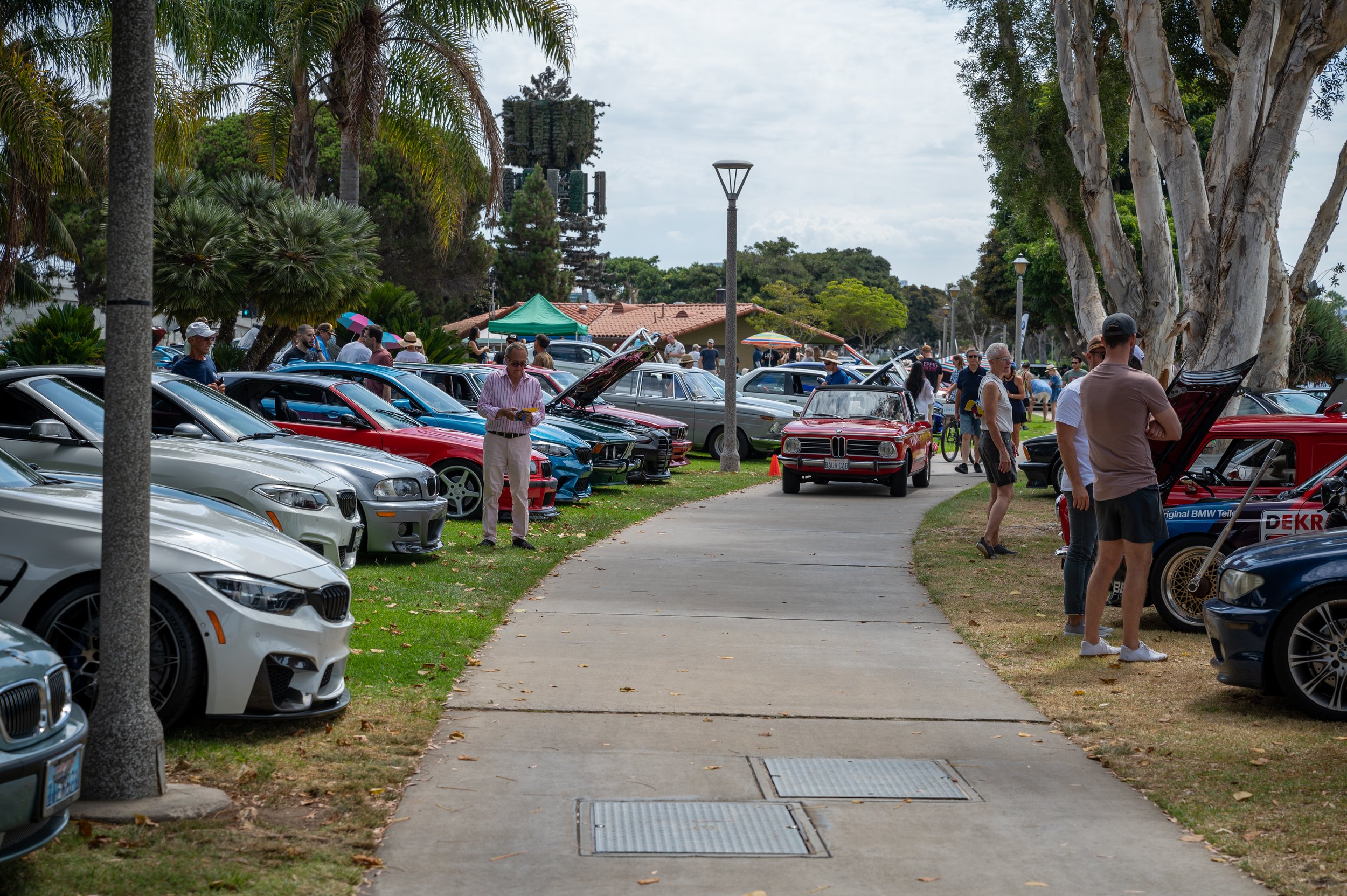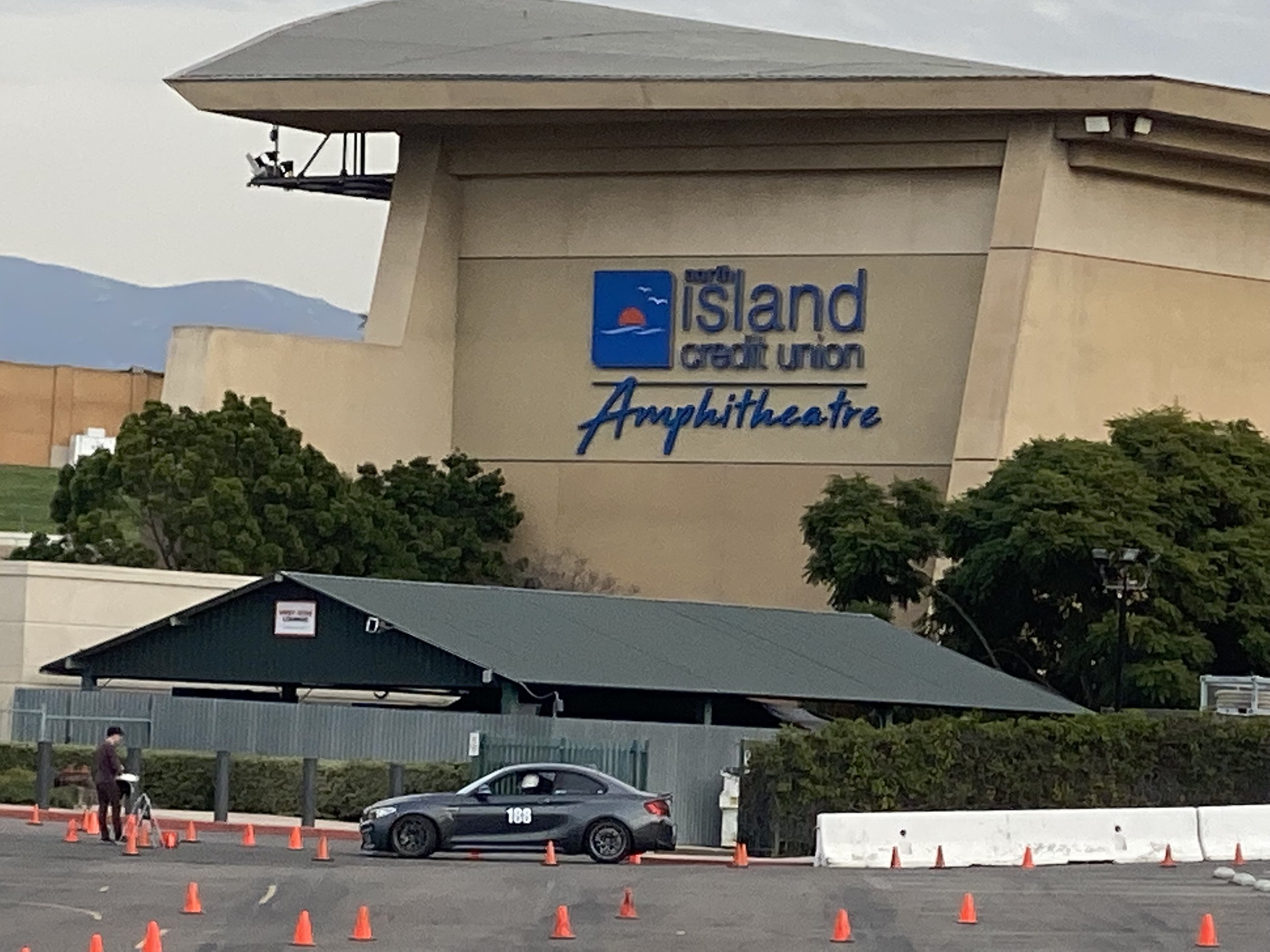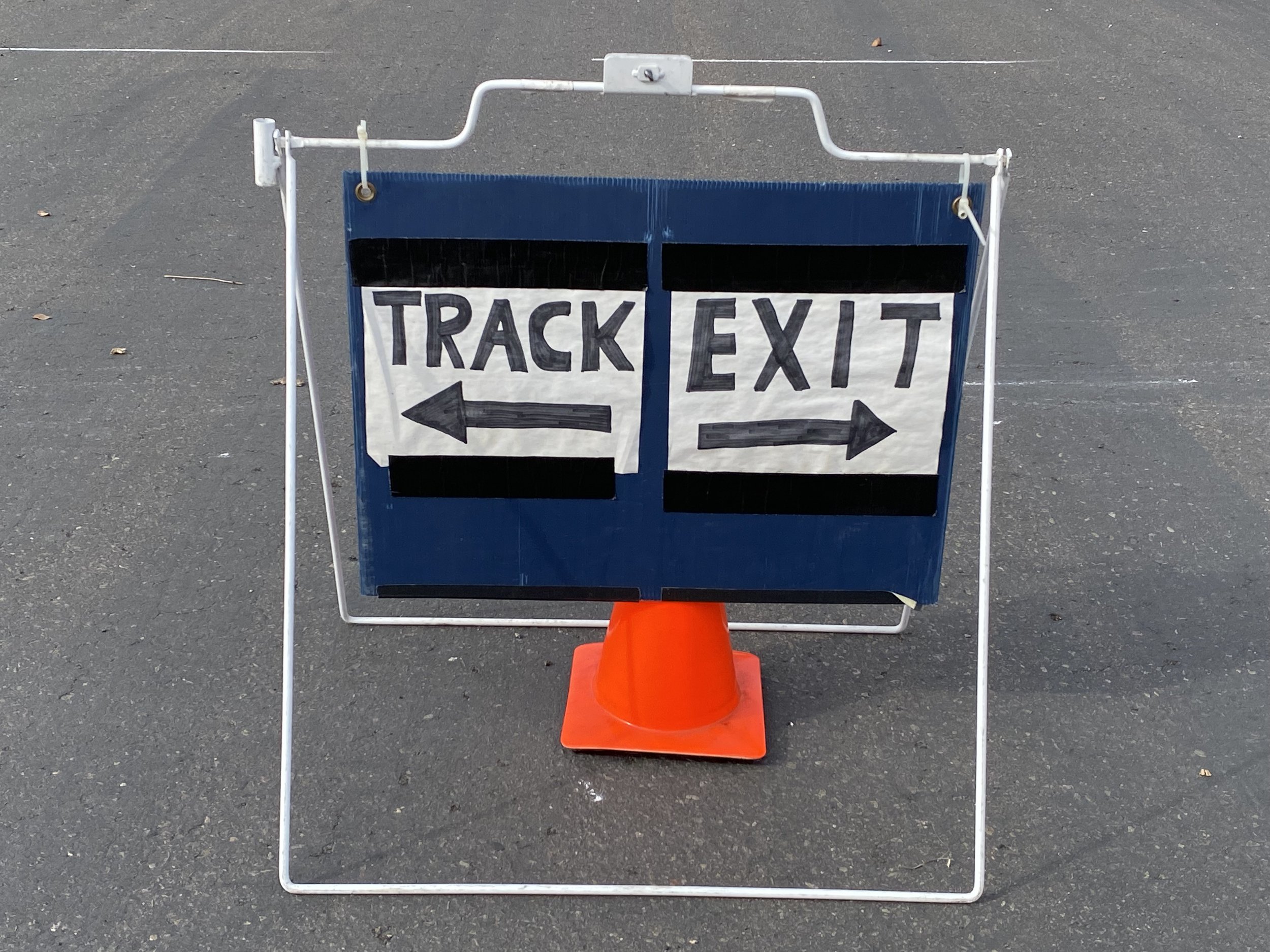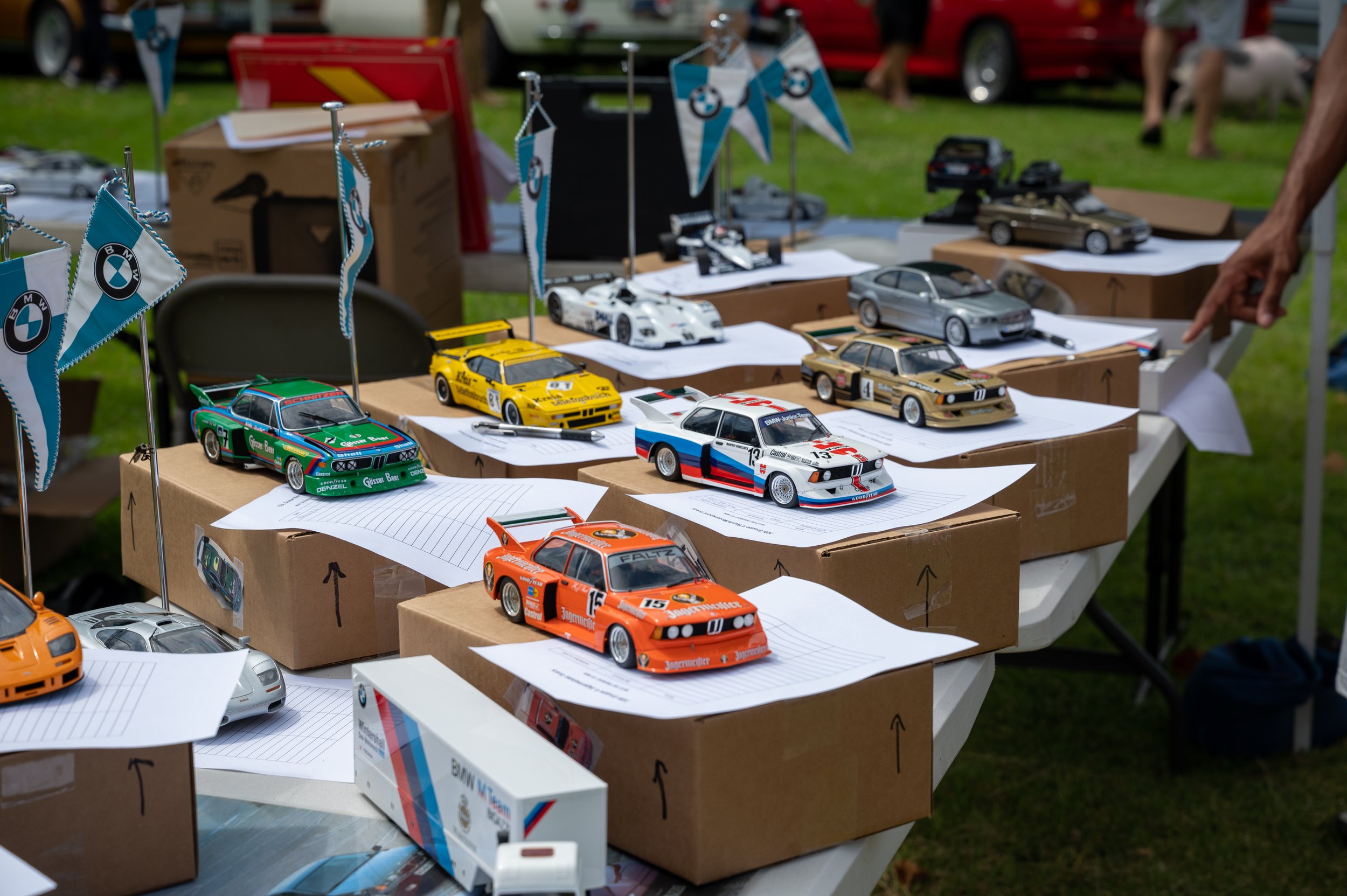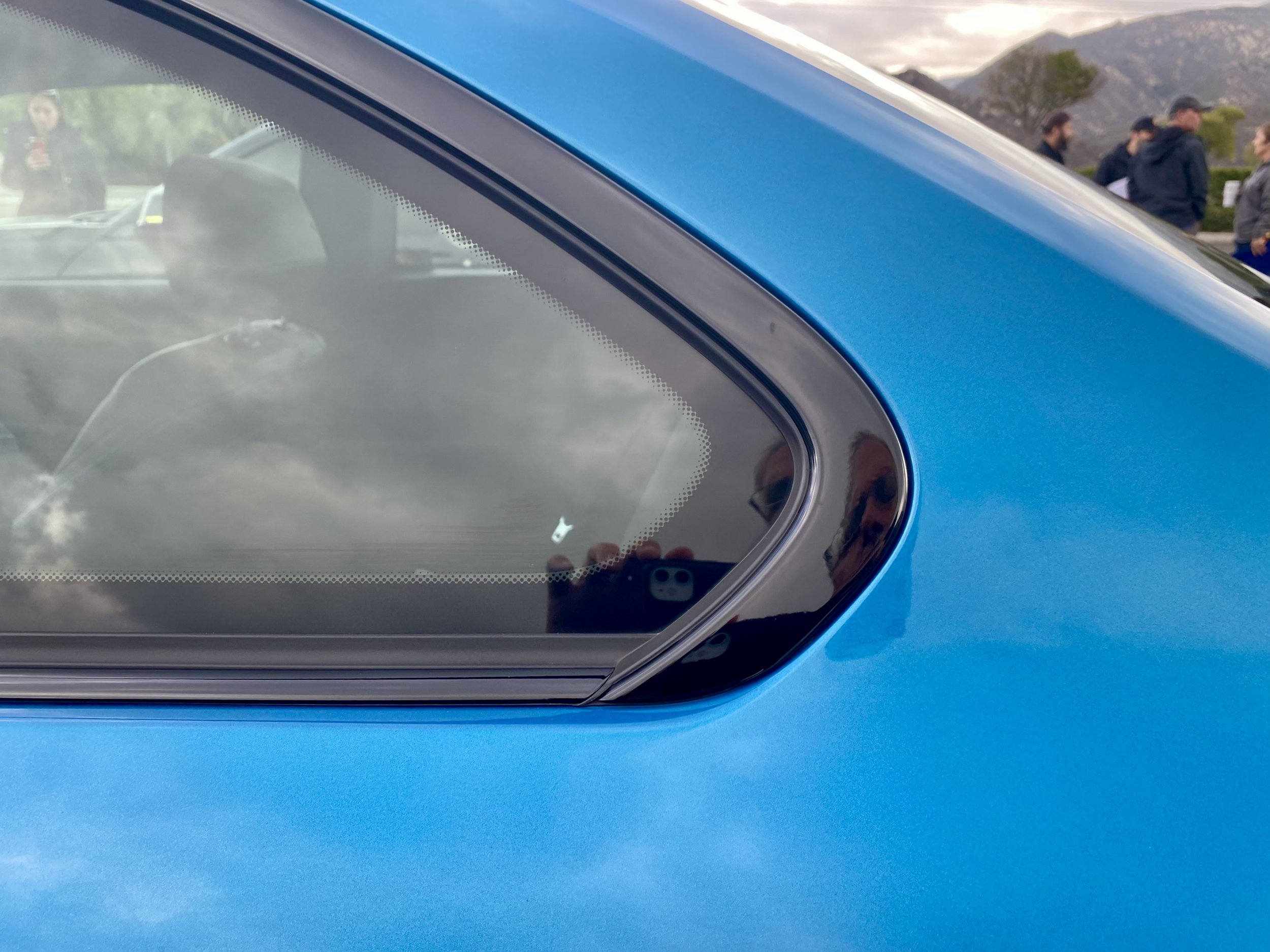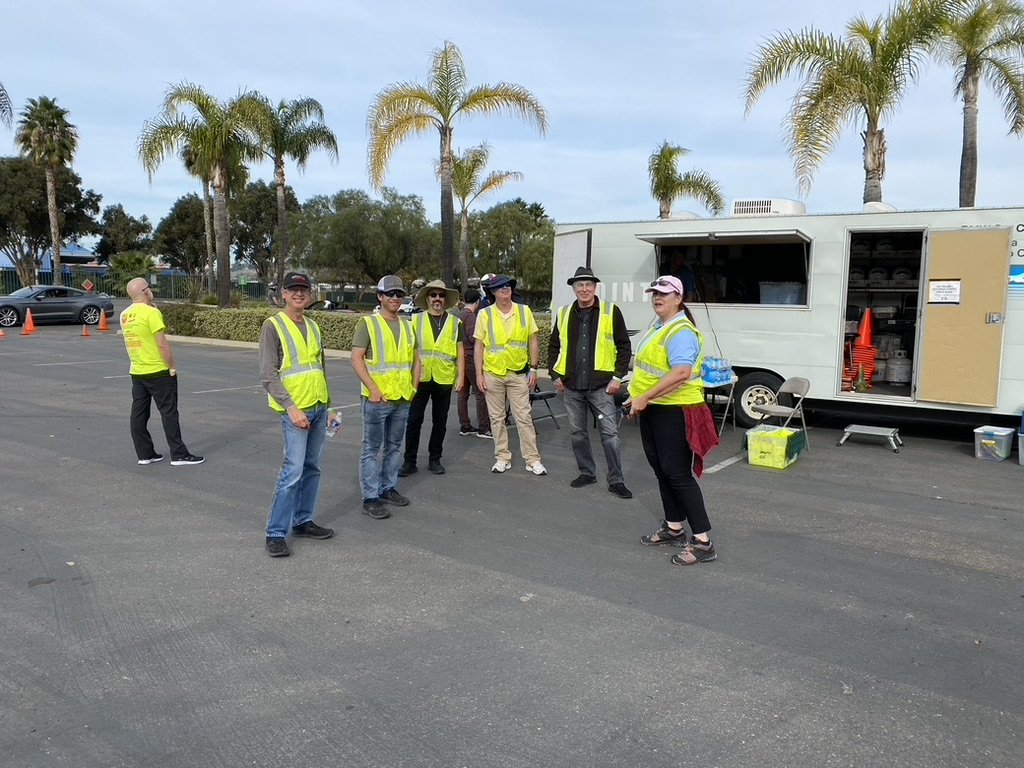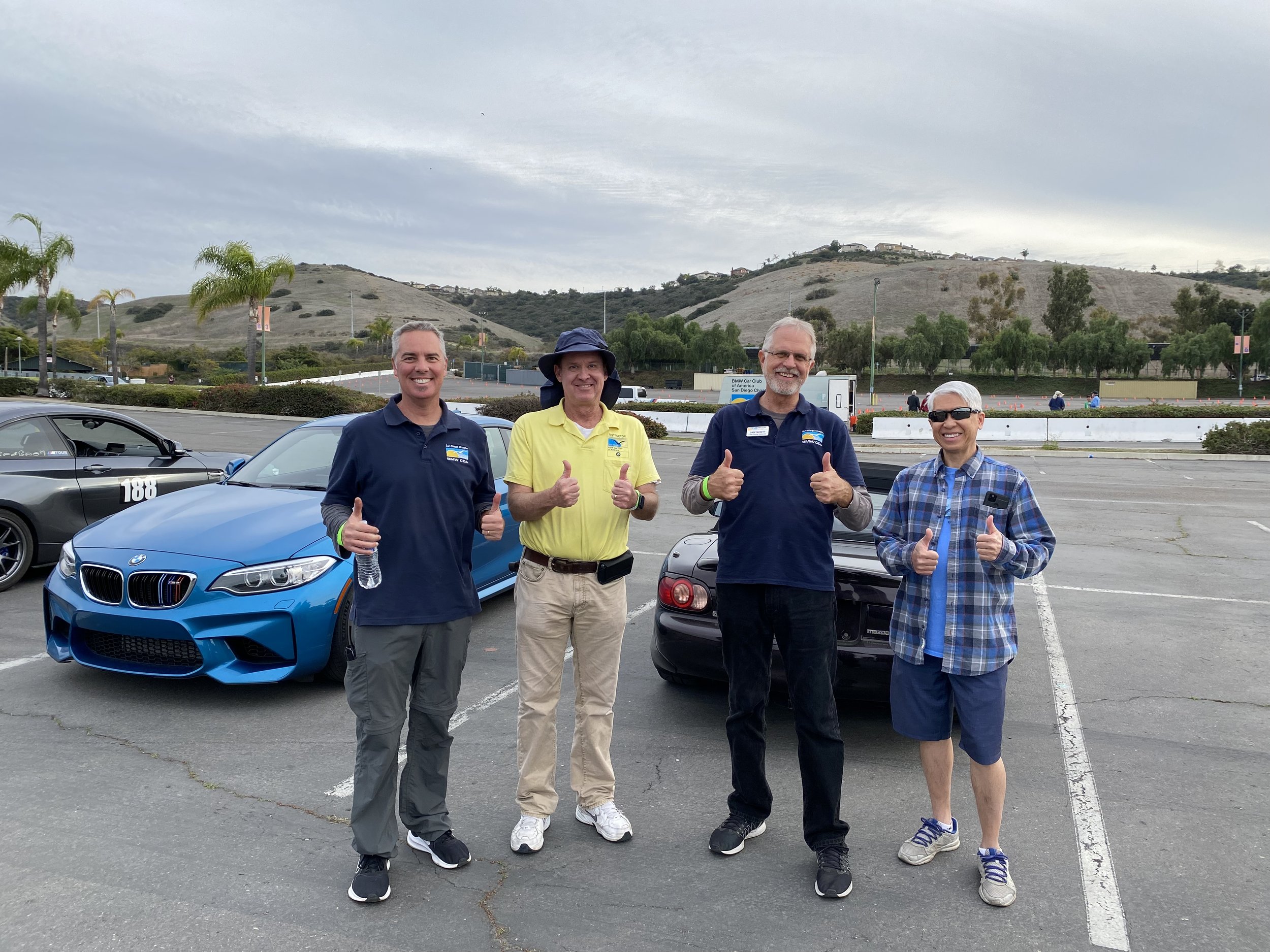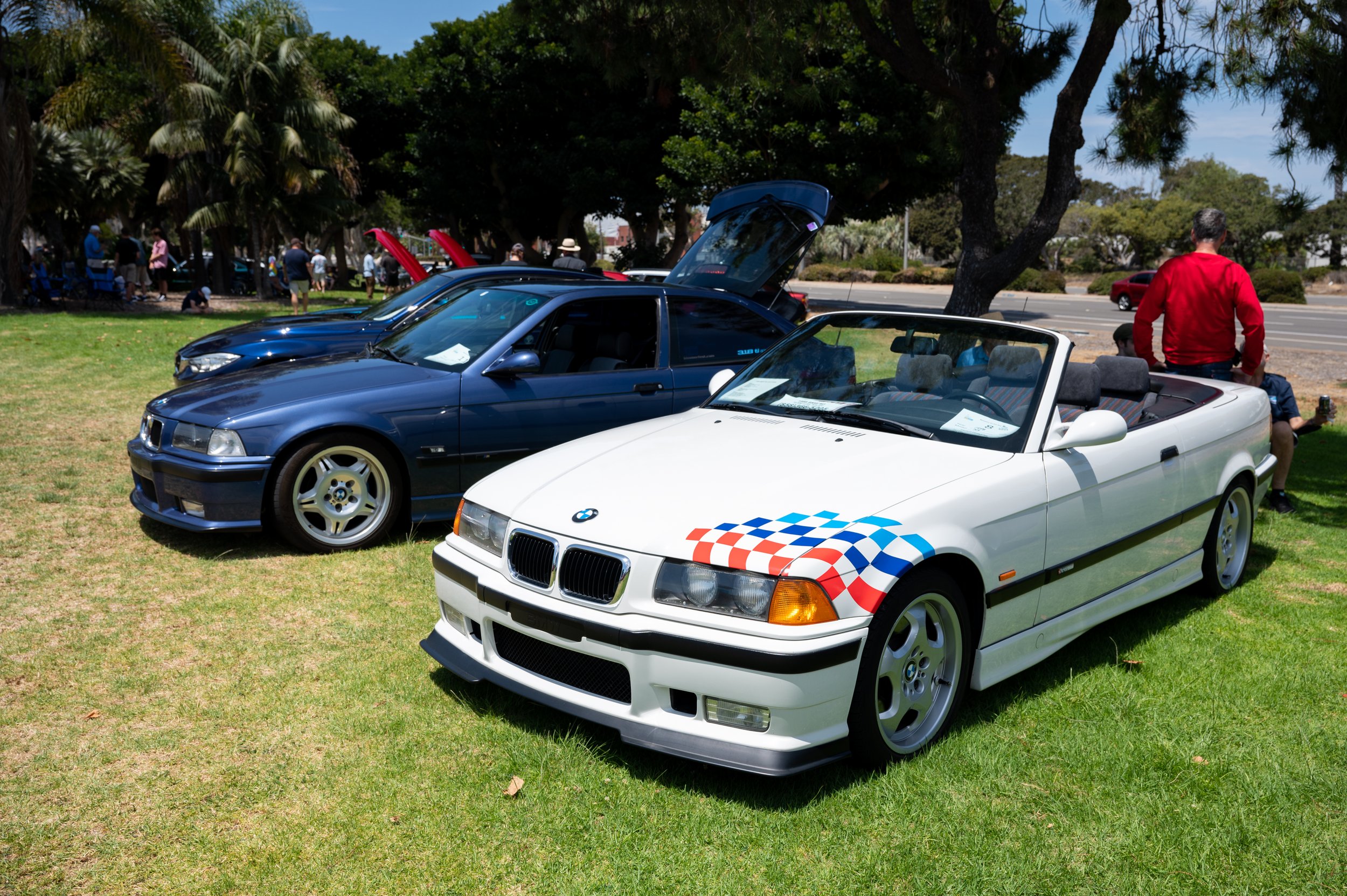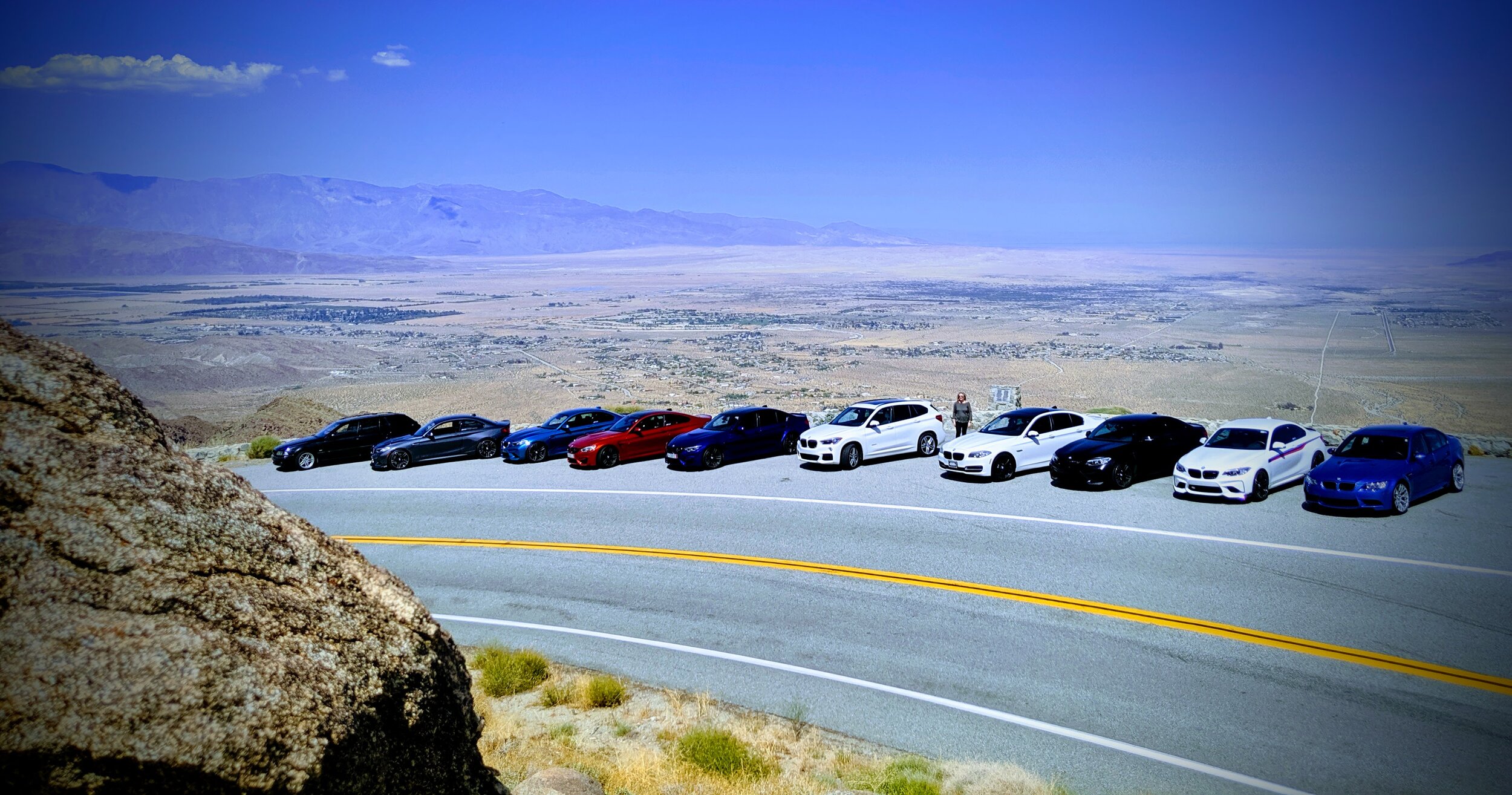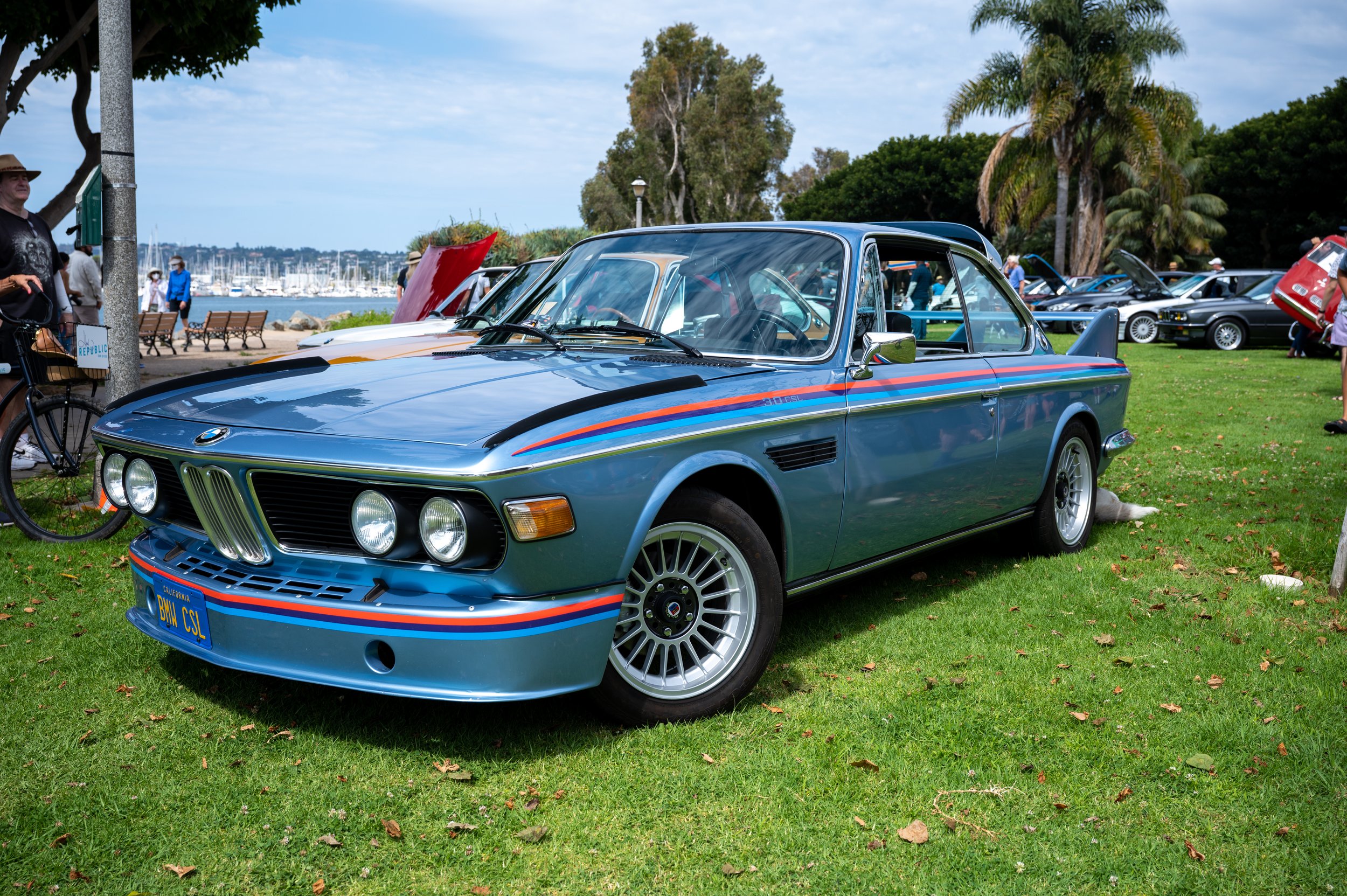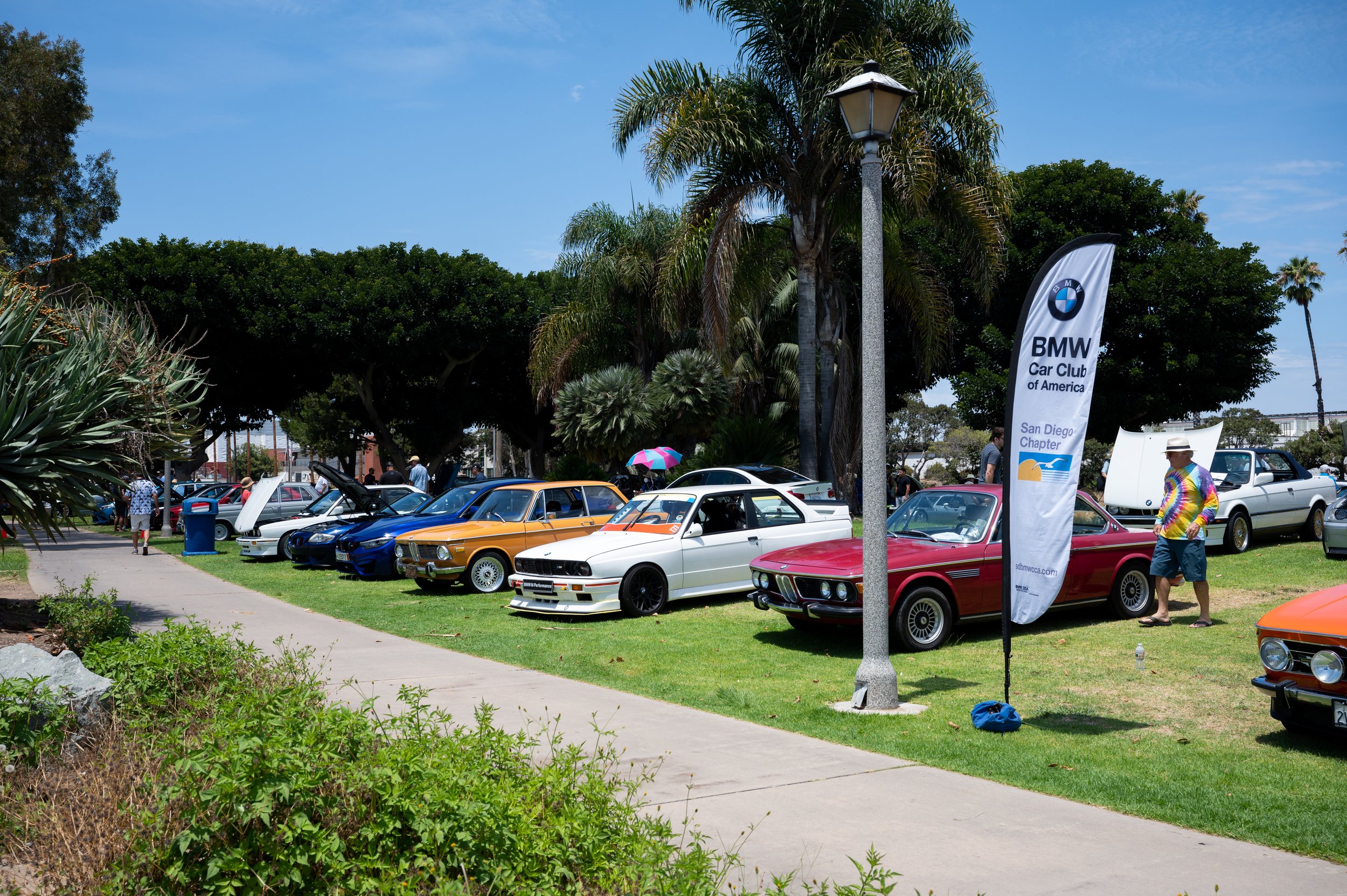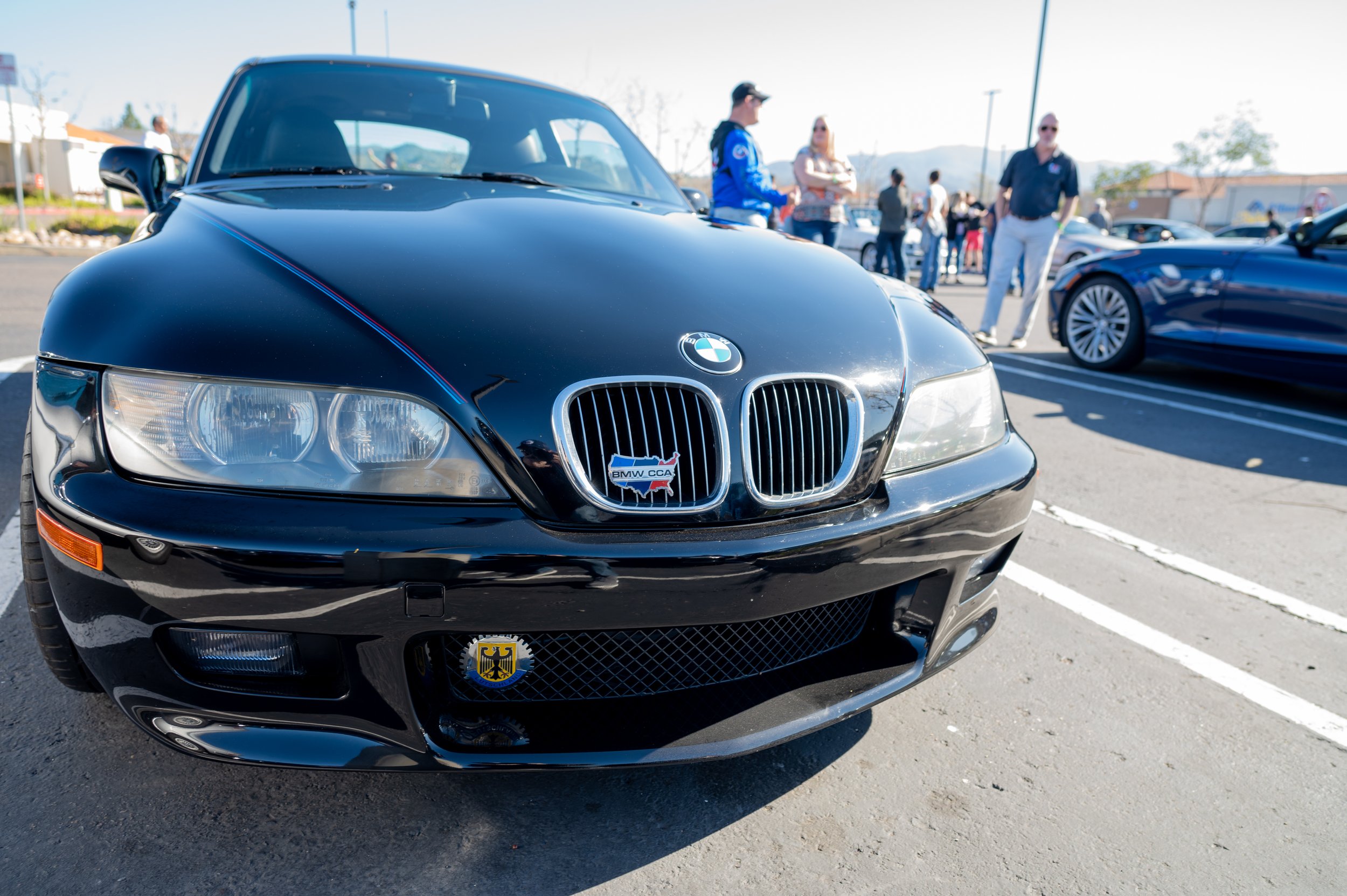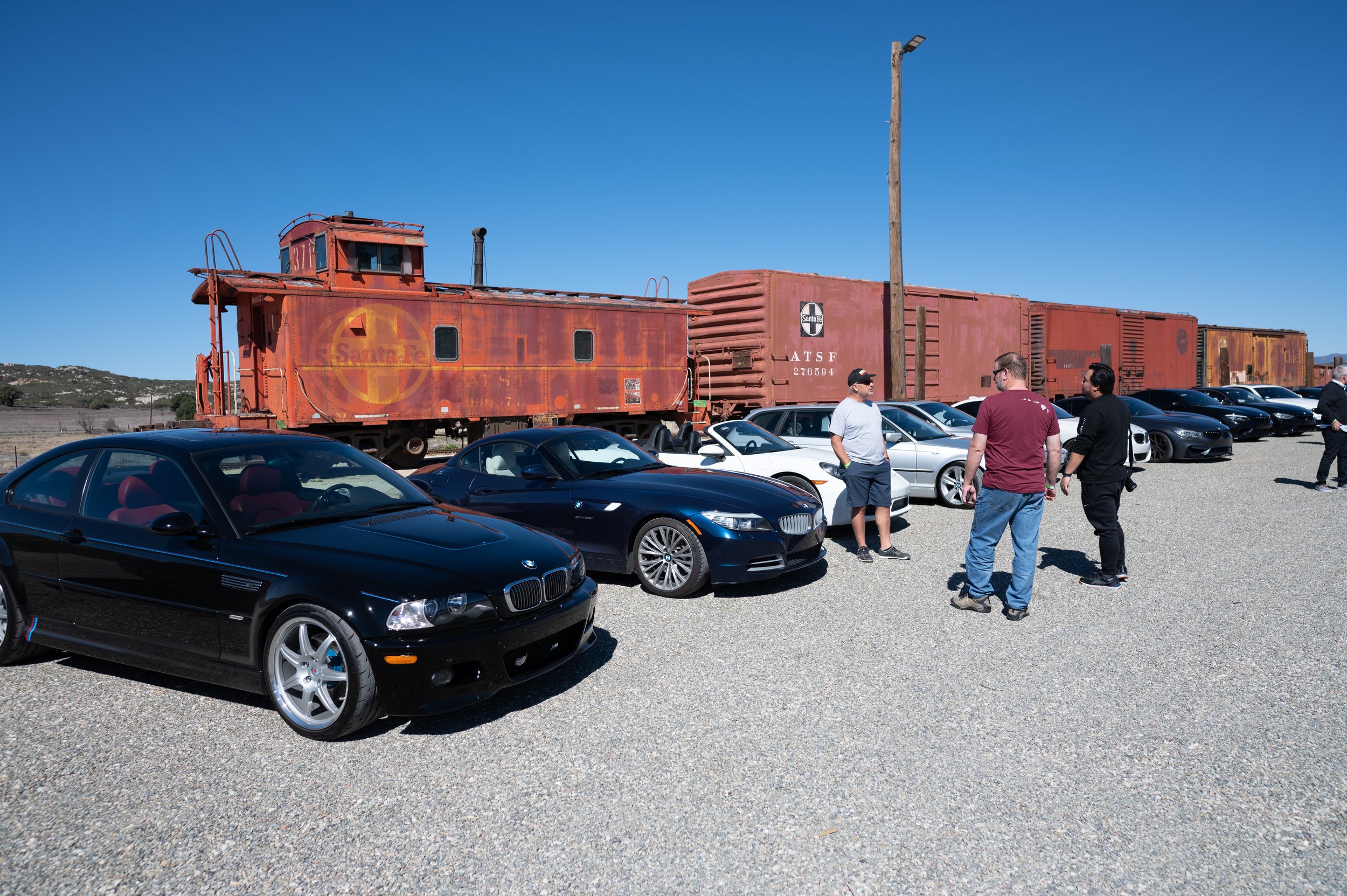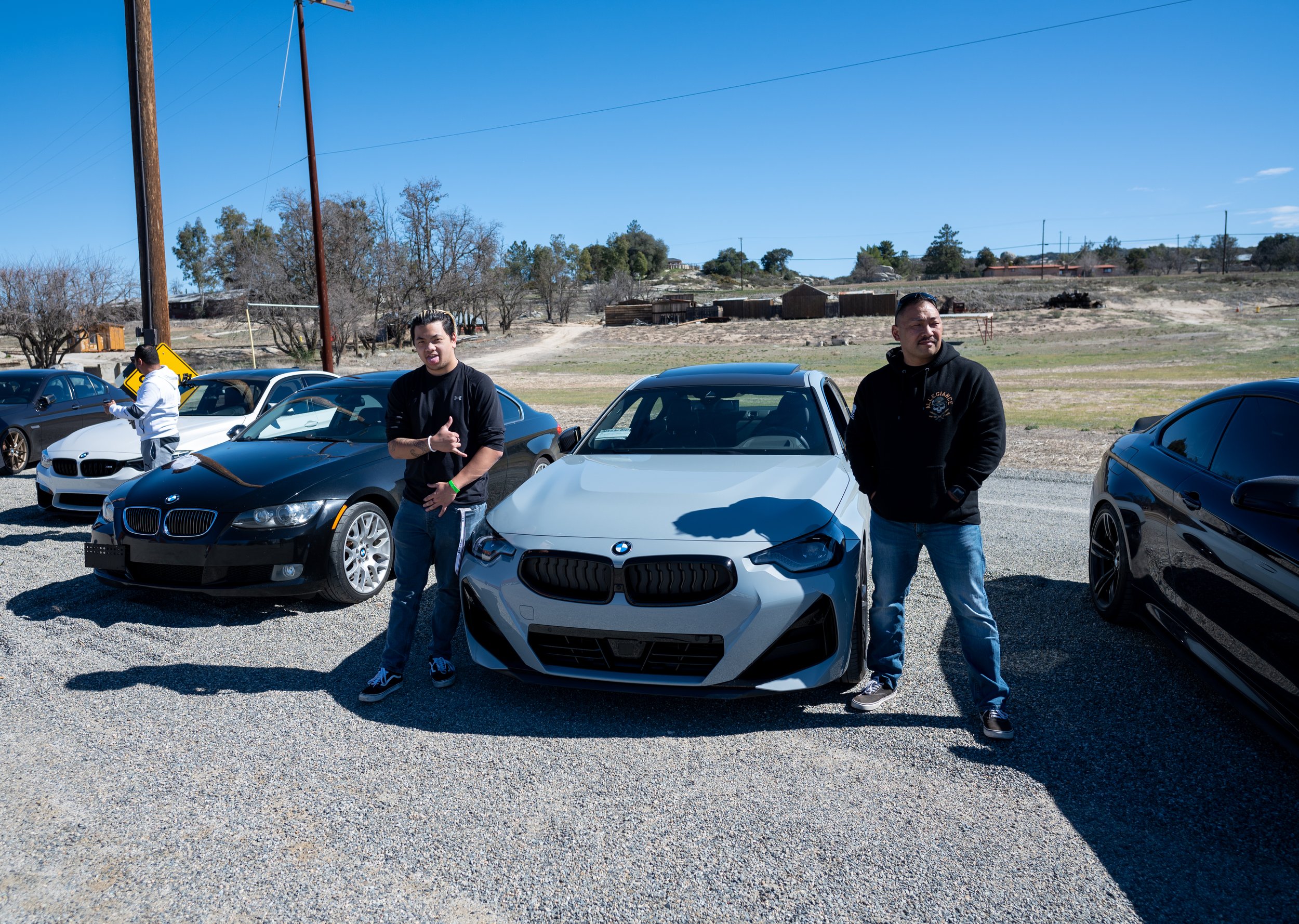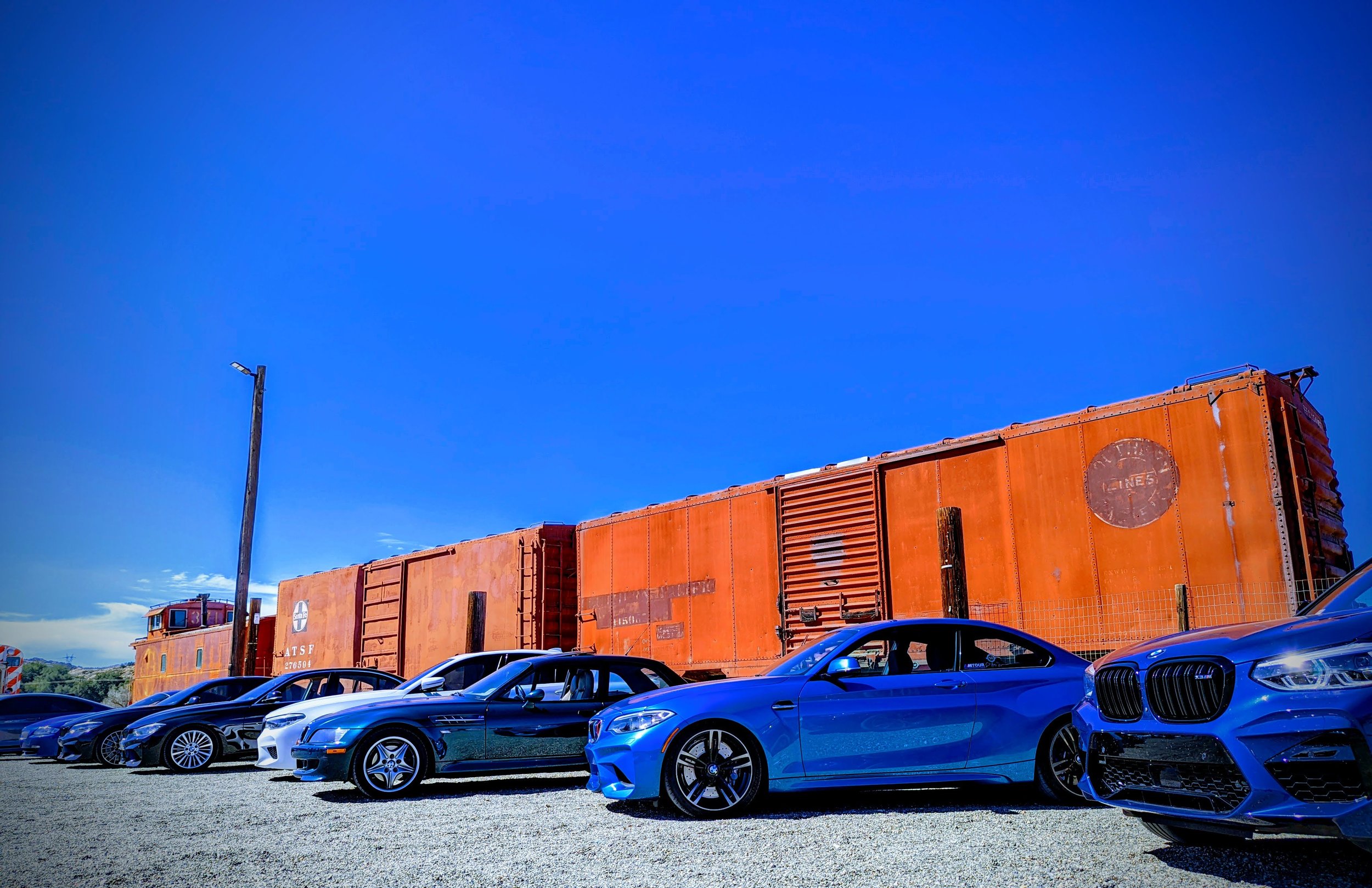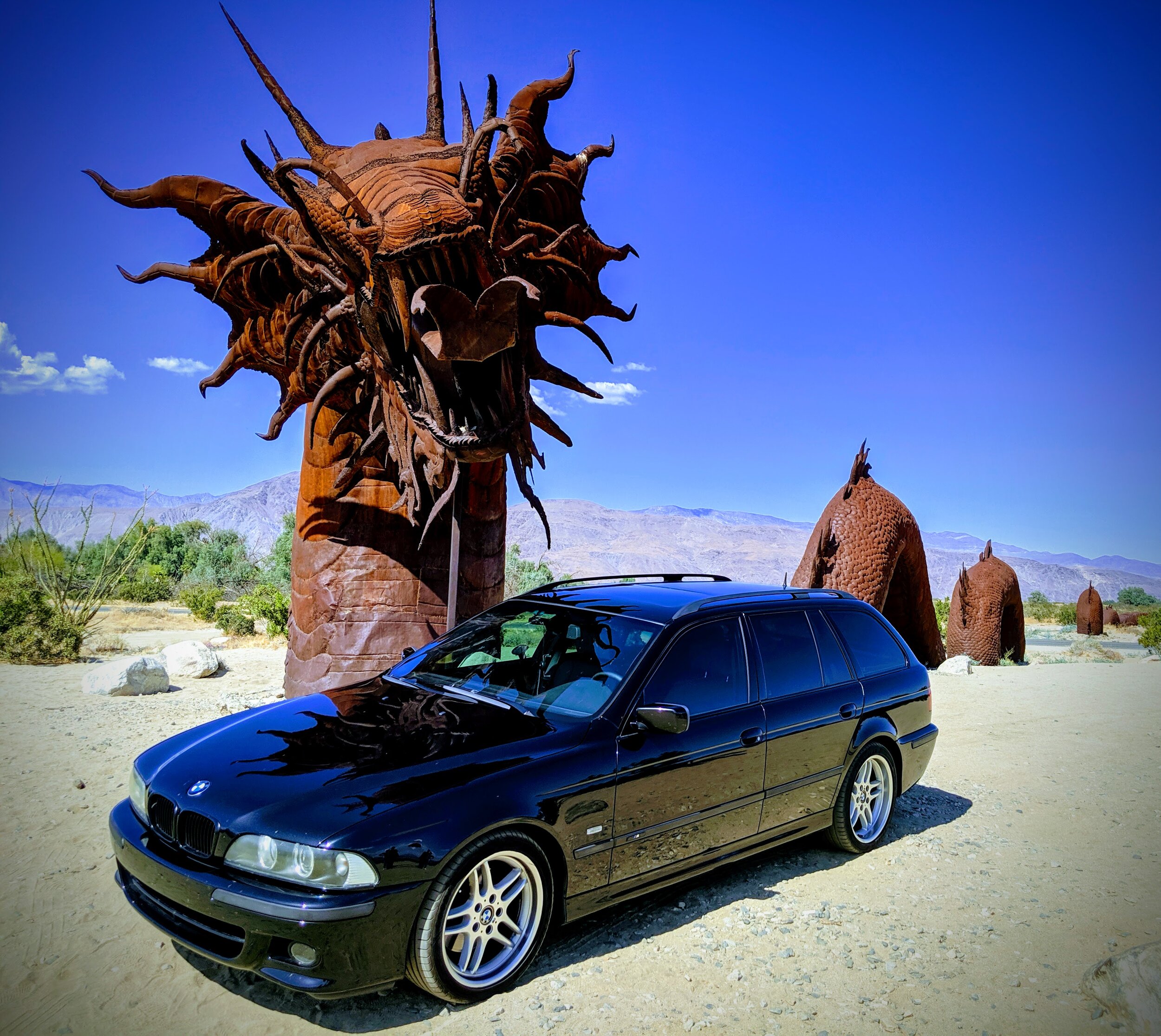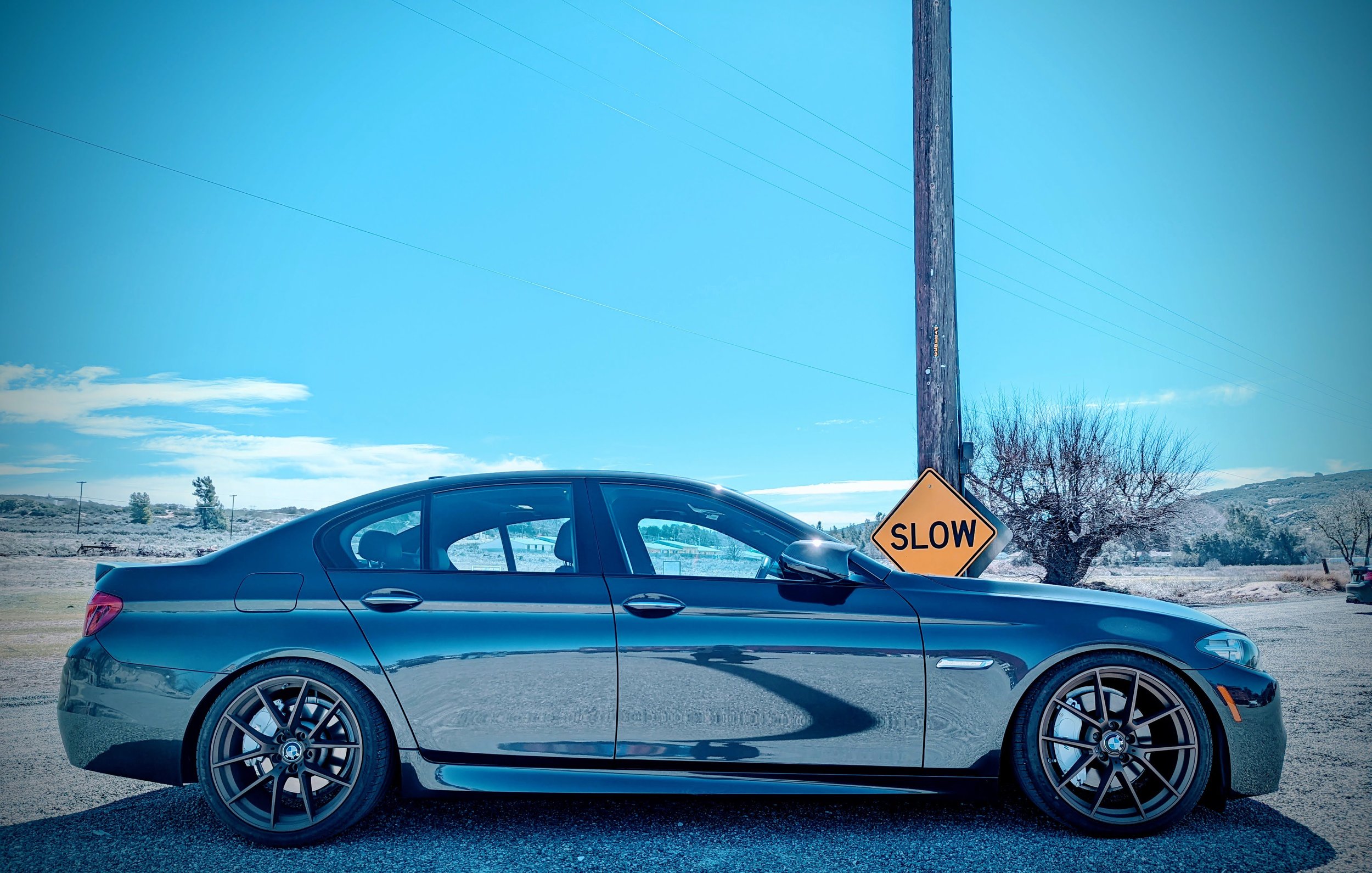BMW CCA Time Trial
BMW Time Trials (BMW-TT) event offers a driver a competitive step up from driving school event, instructing, and Auto-X, but falls short of all out club racing. A driver can use the same car and tech preparation used during the driving school.
Driver Eligibility: BMW-TT is open to A and advanced B students (with approval) and all driving school instructors. Drivers can also participate from other organizations such as SCCA, NASA and PCA.
Basic Premise: The art of a successful run at time trials is to find a spot on the track where you are not impeded by other traffic, and then to run your smoothest lap. Each participant tests their skills against the track, and by so doing, each time trial participant is compared to their fellow participants by using a transponder on each car. It is you against the clock. All drivers must be a current member of BMW CCA.
BMW-TT Rules
- All drivers must be a current member of BMW CCA
- All drivers must sign the BMW CCA waiver. Any driver that has not signed the waiver will not be allowed on the track.
- All BMW-TT drivers need to check in and retrieve their packet and transponder if rented.
- Drivers should come to the event with a driving school tech form filled out and ready to go. BMW-TT cars will run through a tech area that the event Tech steward has decided.
- Classing: There will be three basic classifications at these events. M-car, Non-M car
and Non-BMW. Sub classification is Street tires vs R-Compound tires. The goal is to
keep classes to a very basic set, and encourage fun rather than too much
competition. Note: BMW Frankencars(BMW chassis with non BMW motor) will be
placed in a Non-BMW class
- M-S BMW M-Car, Street Tires
- M-R BMW M-Car, R-Compound Tires
- NM-S BMW Non-M-Car, Street Tires
- MN-R BMW Non-M-Car, R-Compound Tires
- NON-S Non BMW Car, Street Tires
- NON-R Non BMW Car, R-Compound Tires
- All drivers need to have numbers on their cars. They should be 8” tall for visibility. If there is a conflict of numbers, one of the drivers will change their number to be unique. Numbers can be permanent or made with blue tape or shoe polish. Any car showing up to grid without a number will be sent back to the paddock.
- Each vehicle needs to have an AMB/ MyLaps TranX260 or X2 transponder attached to the car. It should be vertical, outside the car and as low as possible to the ground so the loop will be able to pick it up and record the time. It is the driver’s responsibility to verify their lap times are being recorded each session and that it is for the proper car/driver.
- There are typically four sessions during the day with a download after each one.
- Drivers must attend the morning drivers meeting.
- Drivers must come to the designated downloads after driving in each session unless they are excused by the Competition Steward.
- Sessions are judged by single best lap time of each driver in that session.
- Drivers must to know where to enter (and exit the track) and where the hotpits are. Also, if drivers are exiting the track mid-session and there is a different track exit rule in effect, drivers need to know this and adhere to it.
- Drivers must know what the speed in the hotpit lane is and adhere to it.
- The first session of the day is a warm up. It is single fastest lap in a session that determines the drivers time for that session. The grid order for session two is set by the best single lap times in session one for the entire group. This continues for session three and four. Drivers do not have to do the whole session.
- All sessions will begin with one lap under full course yellow flag conditions. (It is advantageous for the group exit grid in a quick and orderly fashion.)
- After the one lap under yellow conditions at the start of session, the green flag will be waived making it a flying start for the group.
- If a train develops, use the hotpit area. This allows others by and give the driver some open track.
- Passing is allowed anywhere that makes sense. The driver making the pass is to move off-line and complete the pass safely. The driver being passed stays on the driving line.
- A point-by is encouraged, but not required for passing.
- The results and grid order for each session are posted for the group (usually during the download). The drivers need to look at the grid order for the next session and see what grid spot they need to go to. Drivers should not be relying on the grid staff to know what grid position they should be driving to.
- Drivers should get to grid early enough to get into their grid position and get ready to go out on time.
- The downloads (after each session) are mandatory and cover any (or all) of the following:a. Any issues from the session just run b. New information for the next session c. Any hazards on the course d. The results and grid order for the next session e. Any educational content
- Drivers must have situational awareness of other cars on track, the flag stations, track conditions and closing speeds. If a driver cannot maintain control of their vehicle while keeping good situational awareness and judgement. The driver may be reprimanded or removed from the event.
- There will be no scrubbing of tires on the outlap in any session.
- Unsportsmanlike (on or off the track) or overly aggressive driving will not be tolerated. The event stewards can disqualify or remove a driver from the event if they cannot drive in a safe and cooperative manner.
- Off track offences: If the driver goes off track during a session or spins the car, the driver should self-report to the black flag station (usually in the hotpit area). The driver should not wait to be black flagged during the session to come into black flag station. The stewards can look over the car to make sure it is ok to go back onto the race course, and talk to the driver. The event stewards will DNF the drivers session and not record a lap time if the off track excursion (of more than two wheels off) or a big spin/tank slapper. The following are guidelines, but the event stewards have the final say. a. One spin during a session – self report to black flag station. b. Two spins during a session or half day (morning or afternoon)- driver needs to self-report to black flag station, come in to the paddock, and sit out the rest of the session. c. Three spins during a day – self report to black flag station and the driver is done for the day.
- Flags: Drivers need to know and act appropriately to the flags displayed during a session. A flag reference is listed below. There should be no passing after the checker flag is thrown, unless it is necessary.
